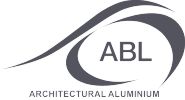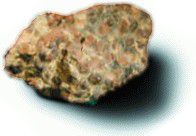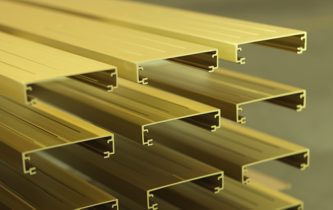
ABOUT ALUMINIUM


Aluminium is the youngest of today’s most commonly-used metals despite the fact that bauxite, its unrefined ore, comprises 8% of the earth’s crust making it the 3rd most common element. The first commercial production was developed in 1886, and current annual world production of primary aluminium is now around 26 million tonnes. This makes aluminium the most widely used non-ferrous metal.
Aluminium can be used in a wide variety of applications and forms because of its unique combination of properties, combining lightness, strength, durability and corrosion resistance with good thermal and electrical conductivity. A wide range of alloys is available to exploit these properties to the full. Its major markets are in transport (road, rail, sea and air), building and construction (from screws to skyscrapers), electrical and mechanical engineering (power transmission, machinery, access equipment) and packaging (food, pharmaceuticals, beverage cans and sealable containers). Aluminium alloys maintain a leading position in these markets by providing the most cost effective solution for many industrial and consumer applications.
Aluminium can be easily formed by all the main production processes. It can be extruded into the most complex of shapes allowing screw fixings, snap fit jointing and attractive design features. It can be drawn to achieve the most exacting of tolerances and to specific levels of hardness for the most critical of applications. Then finally it can be hot or cold rolled to provide a multitude of thicknesses and widths from cooking foil to heavy plate. Complex and larger assemblies can be fabricated by a range of welding methods.
Aluminium can be surface rolled to give many attractive, decorative and functional patterns. These include popular patterns such as: stucco, checkmate and treadplate. Anodised and painted finishes are commonly applied for decorative purposes, providing a long-lasting protective surface. In many applications, however, the finished product can be left untreated as its natural oxide provides a protective surface finish.

